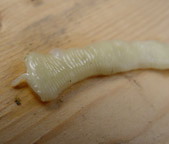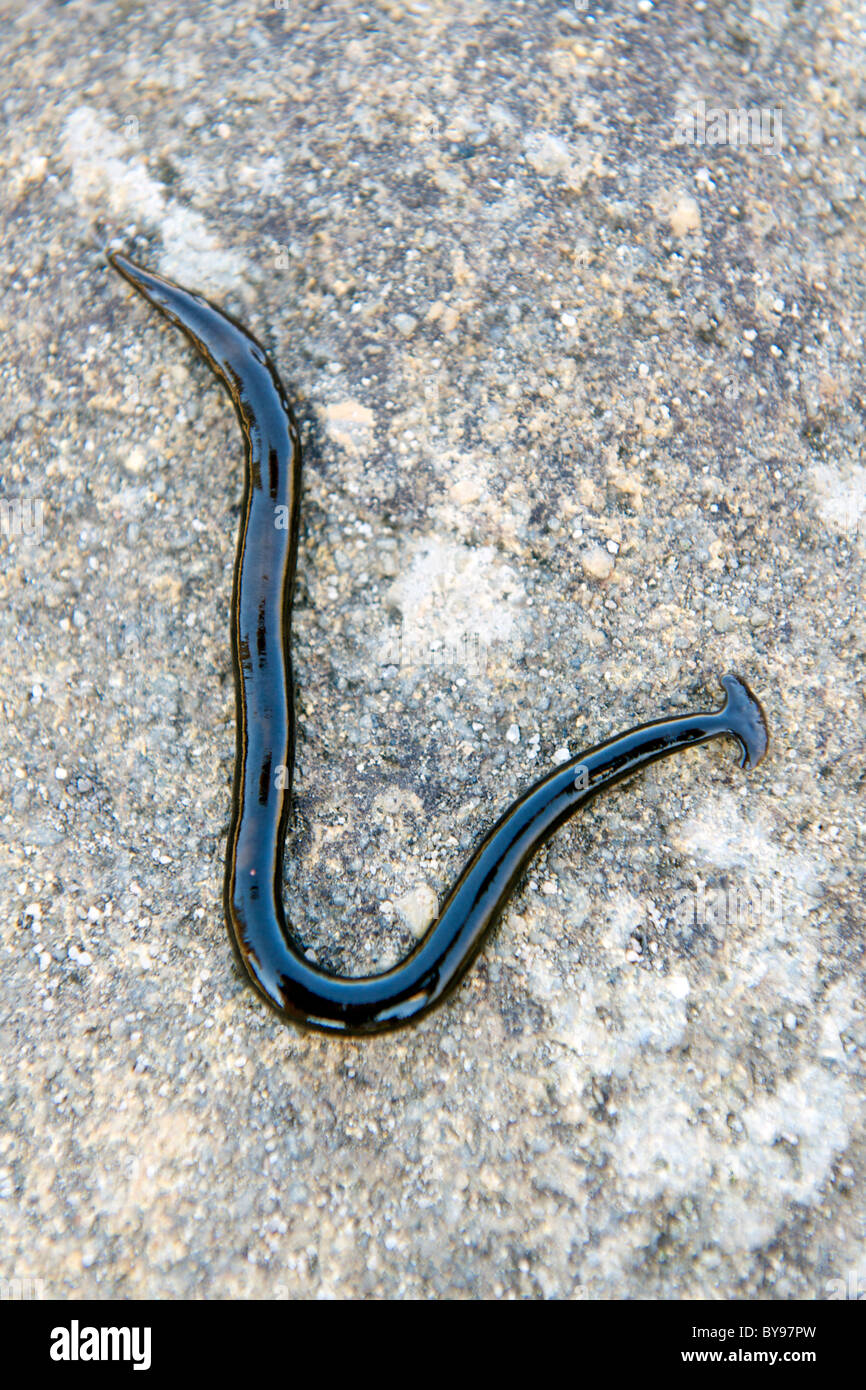

Spreading them around the soil or areas where you the worms have been spotted won’t dissolve these parasites completely. These products must be applied directly to the flatworms in order to be effective. Effective treatment methods include: salt, vinegar, and citrus oil. So, it you chop the flatworm into 7 pieces, you will end up with 7 new worms! Hammerhead flatworms must dissolve completely in order to get rid of them. The first thing to keep in mind is if you attempt to chop them up or even smash them, the pieces will only regenerate into new hammerhead flatworms. If you have a hammerhead flatworm infestation, there are several ways to control and/or kill populations. Some hammerhead worms may appear gray to greenish/gray as well. The hammerhead flatworm is usually medium-brown in color with dark markings or stripes. Two of the most common sightings are the hammerhead flatworm and the flatworm with a pointy head (instead of a hammerhead) and a dark brown body. Keep in mind that there are several varieties of land planarians. This means that they will stick to just about any surface that’s wet or moist, as well as on tree branches and trunks. They are nocturnal however, and they love wet surfaces. Hammerhead flatworm sightings are common in the early morning hours, especially after a hard rain.

While this unique worm can survive in scorching hot to freezing climates, they may suffer somewhat in drier regions. For the most part, hammerhead flatworms can survive just about anywhere, so no one region is 100% safe. The hammerhead is native to Indo-China, but it makes its way around the world by traveling in greenhouse plants. The body secretes mucus from glands on its belly or underside. The hammerhead flatworm can reach up to 20 inches long and its body is very slimy, which allows it to move along the ground in a gliding motion.


 0 kommentar(er)
0 kommentar(er)
